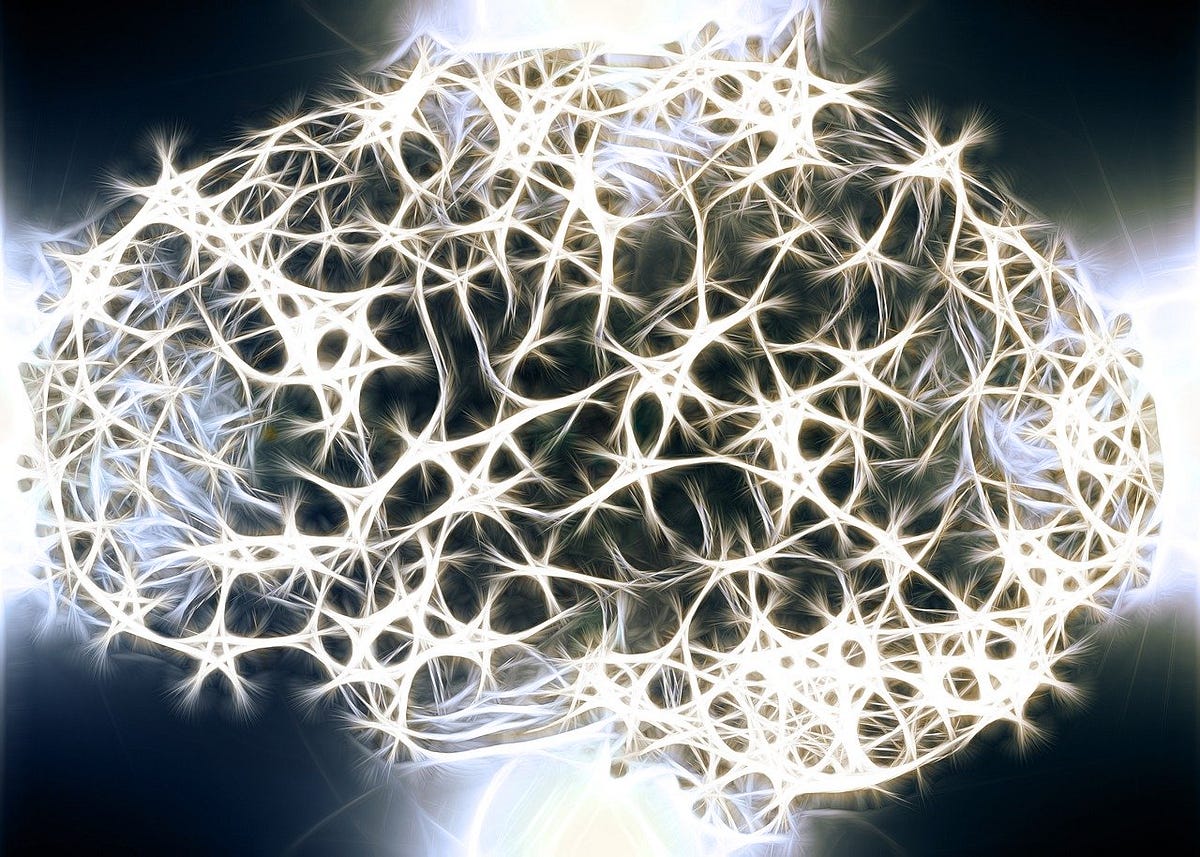We have heard of the latest advancements in the field of deep learning due to the usage of different neural networks. Most of these achievements are simply astonishing and I find myself amazed after reading every new article on the advancements in this field almost every week. At the most basic level, all such neural networks are made up of artificial neurons that try to mimic the working of biological neurons. I had a curiosity about understanding how these artificial neurons compare to the structure of biological neurons in our brains and if possibly this could lead to a way to improve neural networks further. So if you are curious about this topic too, then let’s embark on a short 5-minute journey to understand this topic in detail…
First, let’s understand how biological neurons work inside our brains…
Biological Neurons
Neurons are the basic functional units of the nervous system, and they generate electrical signals called action potentials, which allows them to quickly transmit information over long distances.
Almost all the neurons have three basic functions essential for the normal functioning of all the cells in the body.
These are to:
1. Receive signals (or information) from outside.
2. Process the incoming signals and determine whether or not the information should be passed along.
3. Communicate signals to target cells which might be other neurons or muscles or glands.
Now let us understand the basic parts of a neuron to get a deeper insight into how they actually work…
A biological neuron is mainly composed of 3 main parts and an external part called synapse:-

- Dendrite
Dendrites are responsible for getting incoming signals from outside
2. Soma
Soma is the cell body responsible for the processing of input signals and deciding whether a neuron should fire an output signal
3. Axon
Axon is responsible for getting processed signals from neuron to relevant cells
4. Synapse
Synapse is the connection between an axon and other neuron dendrites
Working of the parts
The task of receiving the incoming information is done by dendrites, and processing generally takes place in the cell body. Incoming signals can be either excitatory — which means they tend to make the neuron fire (generate an electrical impulse) — or inhibitory — which means that they tend to keep the neuron from firing.
Most neurons receive many input signals throughout their dendritic trees. A single neuron may have more than one set of dendrites and may receive many thousands of input signals. Whether or not a neuron is excited into firing an impulse depends on the sum of all of the excitatory and inhibitory signals it receives. The processing of this information happens in **soma **which is neuron cell body. If the neuron does end up firing, the nerve impulse, or action potential, is conducted down the axon.
#technology #neural-networks #data-science #tech #data analysis
